21+ Plants Fibonacci Sequence
Numbers that are part of the Fibonacci sequence are known. Web The brief account above contains the following assertions.

The Beauty Of The Fibonacci Sequence In The Garden Empress Of Dirt
In geometric analysis of plants insects and animals another form of the ideal angle is often used.

. The Fibonacci sequence 1 1 2 3 5 8 13 21 34 etc. The ratios of these spirals correspond. This golden angle is seen in the phyllotaxis of plants.
Web The Fibonacci sequence is perhaps most easily observed in the sunflower where the seeds form an obvious spiral pattern. Web This series was first described by the 13th-century Italian mathematician known as Leonardo Fibonacci. 1 Plants such as sunflowers pineapples etc have two families of spirals.
Fibonacci added the last two numbers in the. Be able to recognize and identify the occurrence of the Fibonacci sequence in nature. Look for it beyond flowers too.
The petals of flowers are. Be able to recognize. In this progression each number after 1 is equal to the sum of the previous.
Web Most Asteraceae have 21 and 34 sets. Web The seed heads of sunflowers optimize the packing of seeds by growing florets in a spiraling pattern connected to the golden ratio and Fibonacci sequence. Is given by the recurrent relation F n1 F n F n-1 each term is the sum of.
The spirals of the pinecone equal Fibonacci numbers. Web 1375 1. Pineapple bumps have one set of 8 and one of 13.
Web A study published today in Royal Society Open Science reports that nearly one in five of the flowers had either non-Fibonacci spiraling patterns or patterns more. Web The Fibonacci Sequence in ature Enduring Understandings. Web The Fibonacci sequence is a sequence of numbers with a pattern where the next number in the sequence is the sum of the previous two numbers.
Web Many plants display Fibonacci Phyllotaxis. Web Fibonacci used patterns in ancient Sanskrit poetry from India to make a sequence of numbers starting with zero 0 and one 1. Pine-cone scales have 5 one way and 8 the other.
The number of spirals in each family is a. Web For example rose lilies daisies buttercups and rose are all Fibonacci flowers. Web In mathematics the Fibonacci sequence is a sequence in which each number is the sum of the two preceding ones.

Ppt Fibonacci Numbers Powerpoint Presentation Free Download Id 1223188

Fibonacci Numbers In Nature Part 1 Minxtech

Fibonacci Numbers In Nature Part 1 Minxtech

The Fibonacci Numbers And Golden Section In Nature 1
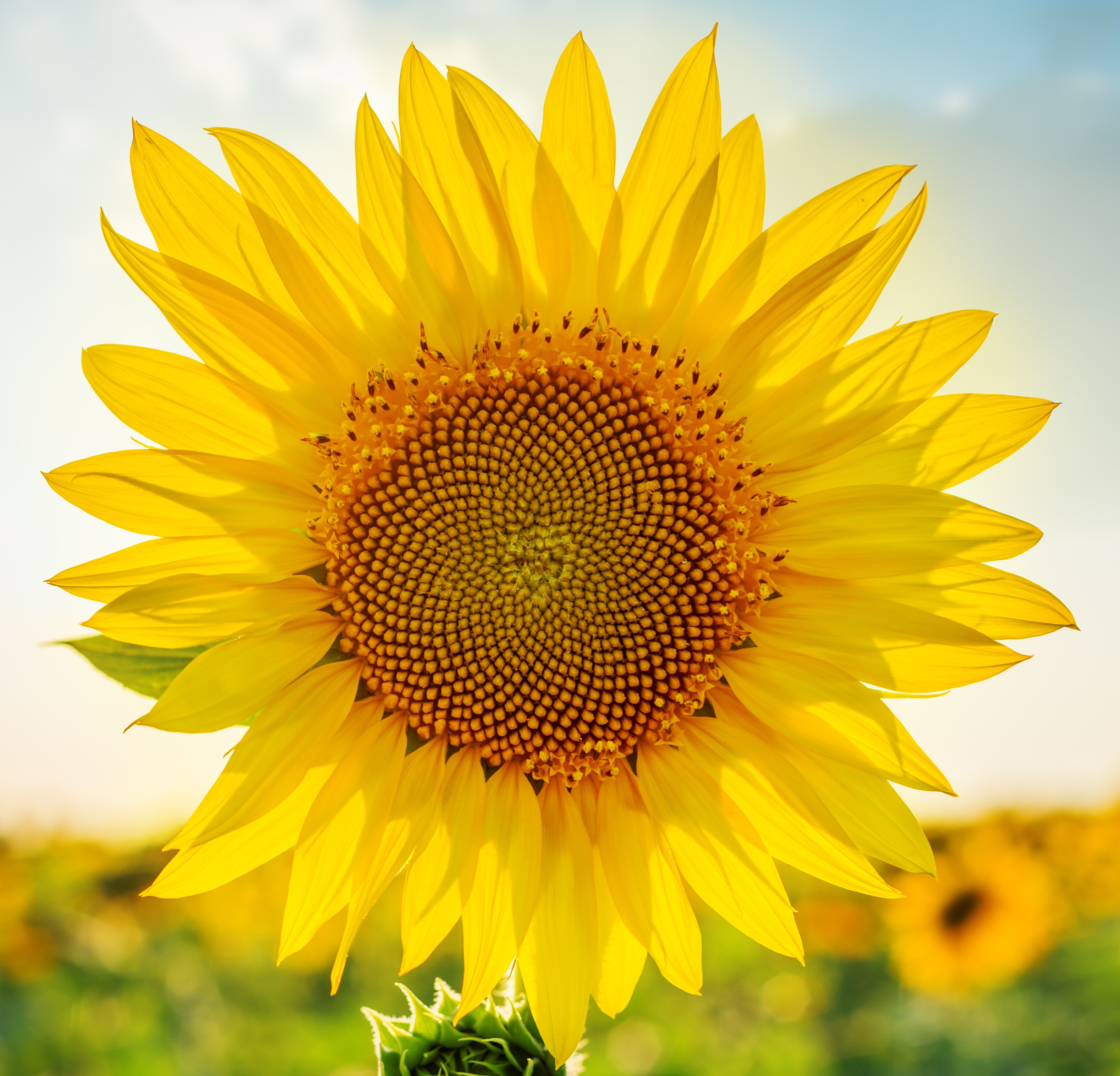
Ecosystem Investigation Sunflower Garden Awf

Is It True That Every Natural Number Can Be Written As A Sum Of Fibonacci Numbers Quora
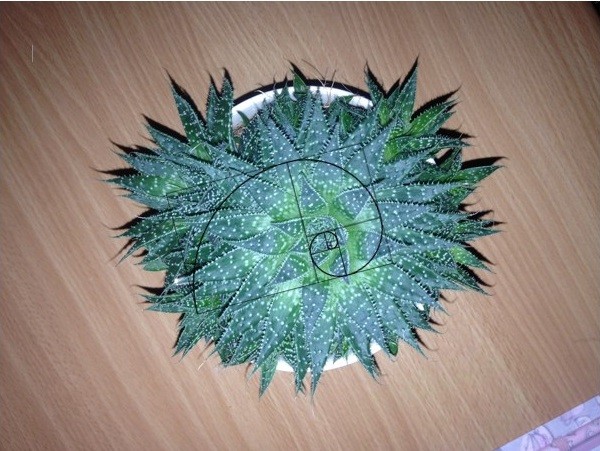
Fibonacci Sequence Hannah S Land Of Learning

Nature The Golden Ratio And Fibonacci Numbers
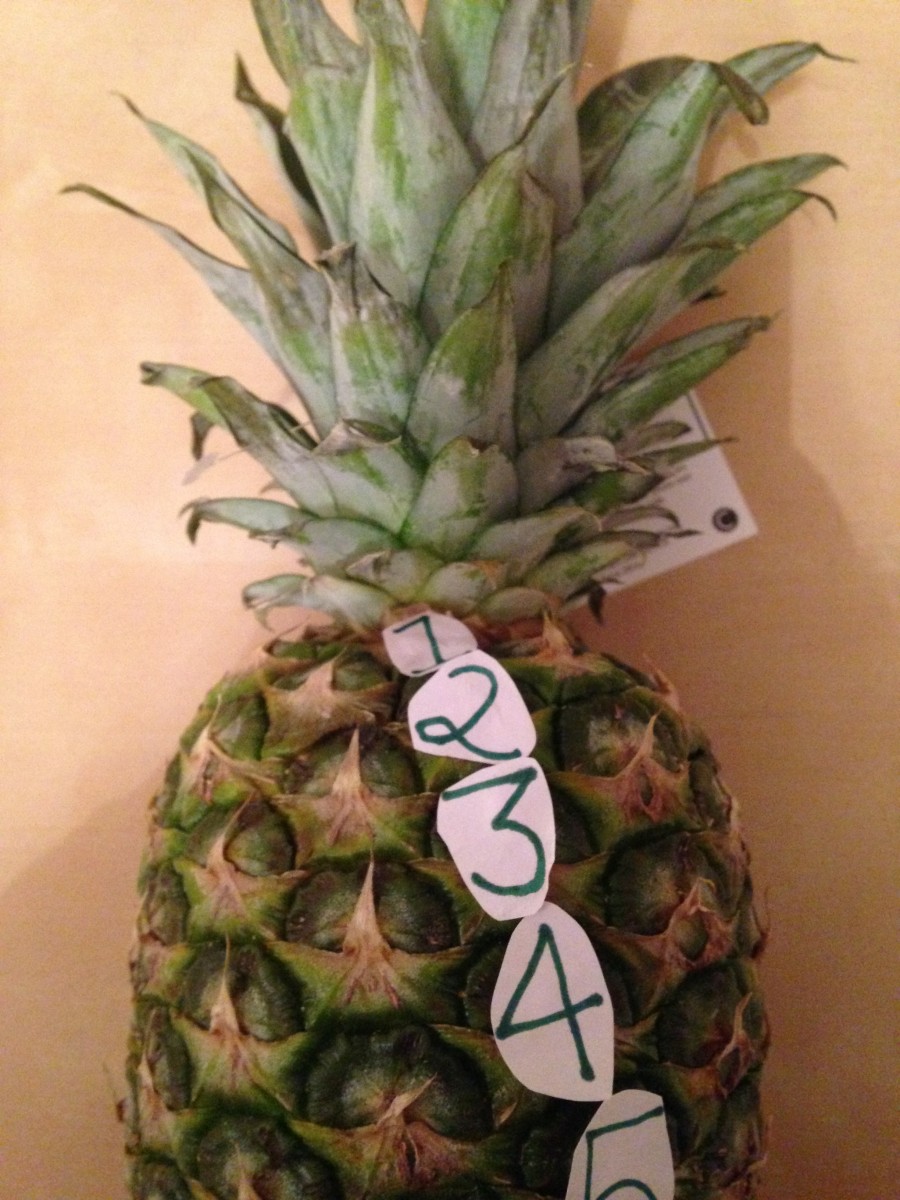
Fibonacci Sequence Hannah S Land Of Learning

The Fibonacci Numbers And Golden Section In Nature 1

The Golden Ratio And Fibonacci Are In Plants Teknologi Dan Sains
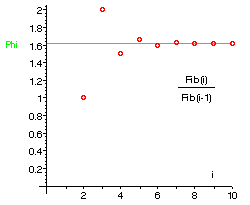
The Fibonacci Numbers And Golden Section In Nature 1

F Fibonacci In Nature Fibonacci
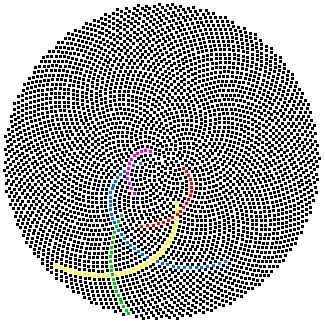
The Fibonacci Numbers And Golden Section In Nature 1
How Fibonacci And The Golden Ratio Can Make Your Garden Beautiful Abc News

Pdf Why Fibonacci Sequence For Palm Leaf Spirals Semantic Scholar
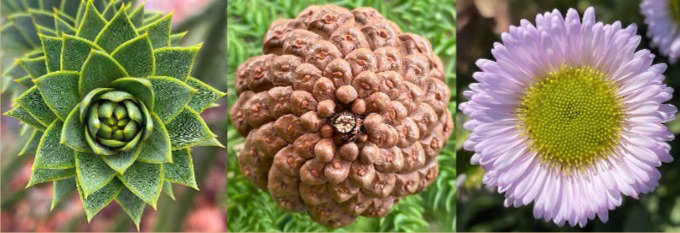
A 407 Million Year Old Plant S Leaves Skipped The Usual Fibonacci Spirals